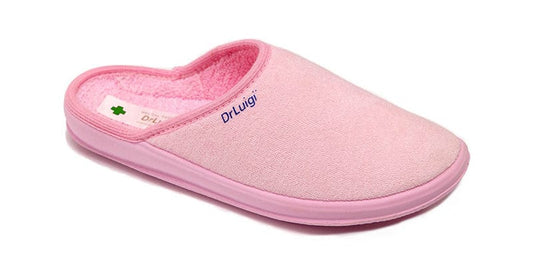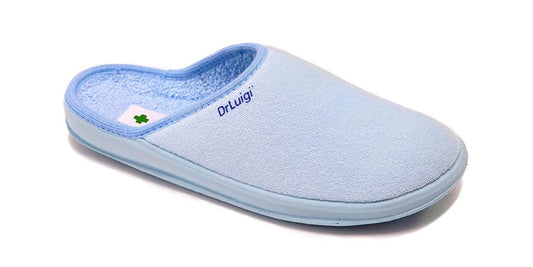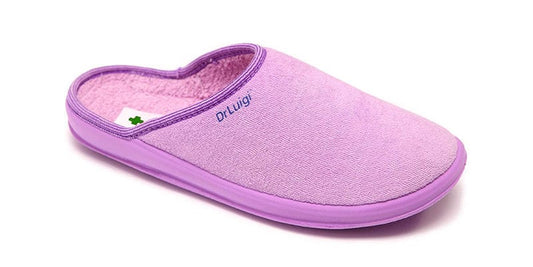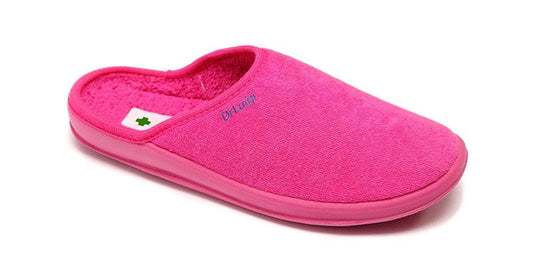- Achilles tendinosis, a chronically inflamed tendon. Overuse causes Achilles tendinitis, like plantar fasciitis. Microdamage causes structure degradation and function loss. Microdamages result from constant, jerky movements. Sports can cause Achilles tendon tendonosis. Achilles’ inflammation is called Achilles’ heel. Achilles’ heel derives from mythology. Achilles was invulnerable except for his heel, according to tradition. His mother didn’t bathe Achilles’ heel in the Styx River. Only the heel was injured when dipped in the river. Only Achilles’ heel could be injured. The name Achilles heel symbolizes weakness despite strength since tendon injuries are prevalent despite it being the body’s strongest tendon. Sports, aging, improper footwear, and intense exercise can injure the Achilles tendon. Rapid-movement athletes are prone to injury. Short-distance runners, footballers, handballers, boxers…
- Sever’s disease is a cartilage-damaging childhood condition. Heel bone (calcaneus) tension can damage cartilage. The heel bone causes damage. Two cartilage-connected segments form the heel bone. After age 8, the cartilaginous bone is replaced by bone. Heel pain. Sick youngsters, especially athletes, often have swollen heels. In any instance, a heel X-ray is required to rule out a fracture, but cartilage damage won’t be seen. In severe cases, feet should be immobilized in plaster, but an insole in the shoe might minimize the stress on the heel bone.
- Heel fractures are caused by osteoporosis, direct force, or repetitive stress. Rehab and physical therapy are required for a heel fracture. A walker or walking stick helps an injured foot.
- Tarsal canal syndrome: the posterior tibial nerve crosses via the ankle canal. Too-narrow canals cause nerve compression and discomfort. Central heel pain. As the condition advances, pain also occurs during resting. Similar to bursitis. In the beginning, corticosteroids and anti-inflammatory drugs are injected to suppress discomfort. Surgical decompression facilitates the nerve’s transit via the tarsal canal if this procedure fails.
- Pete- bursitis inflames a fluid-filled sac called a bursa. Inflamed bursa between heel skin and Achilles tendon. Women are more prone to illness, but guys aren’t immune. Tight shoes increase inflammation. Over time, these shoes harden the edema. Inflamed bursas make walking difficult and might cause red, heated skin. If discomfort persists, corticosteroids or anti-inflammatory medicines are injected into the bursa.
- Haglund’s heel is prevalent. At the point where the Achilles tendon holds the heel bone, soft tissues enlarge or a new bony protrusion forms. The calcaneus (heel bone) may be lined or square. Variable shape. Square-shaped upper heel bones are painful in rigid-heeled shoes. Hard sneakers, boots, high heels have rigid heels. High heels increase friction, which contributes to bursitis. Mucous sac minimizes tendon-heel bone contact. Inflammation causes mucosal thickening. Patients report pain, edema, and too-small shoes. Bony protrusion causes this. The skin color over swollen structures sometimes changes.
- Plantar fasciitis – Caused by overuse. Overuse injury leads to plantar fascia deterioration. The plantar fascia stretches from the heel to the finger joints. Middle fascia is more injury-prone. Fasciitis causes heel pain. Morning soreness fades with stretching and activity. “Nail in the heel” pain is common. After 40, it’s common. Usually unilateral, fasciitis affects both sexes. External and internal factors produce fasciitis. External factors include hard and inflexible soles, old shoes, training intensity fluctuations, and uneven terrain. Internal reasons include pes cavus, depressed feet, and heel valgus. Marathoners are prone to fasciitis. Running on uneven terrain reduces plantar fascia damage. Physical therapy, surgery, and splinting can treat plantar fasciitis. Surgical treatment involves fasciotomy, which can be done endoscopically with minimum tissue stress and rapid recovery.

Treatment
Cause determines treatment for heel pain.
Achilles ruptures are surgically repaired. Pain without rupture can be treated conservatively. Stop sports if discomfort occurs. Swimming, which doesn’t stress the tendon, is allowed. Paracetamol, ibuprofen, ketoprofen are used to treat pain. They can be bought without a doctor’s prescription. Ice relieves acute pain. Ice can irritate skin if applied directly. Ice the aching region using a cloth. Ice is analgesic and antiedematous.
Haglund’s heel is first conservatively treated. Ice packs relieve inflammation. Along with upholstery, choose new shoes. People with Haglund’s disease shouldn’t wear rigid-backed shoes. Comfortable DrLuigi shoes can also assist. The soft cotton or leather upper doesn’t put pressure on the heel. Tendon and foot muscle flexibility exercises are also suggested. Flexible Achilles tendons reduce foot pain. To minimize injuries, avoid sudden jerking movements and focus on sprinting and leaping methods. Orthopedic insoles adjust force direction, support foot arches, and relieve heel discomfort. When conservative treatments fail, surgery is considered. Depending on tissue involvement, surgical methods differ. Soft tissues are easier to operate on and heal faster than bone protrusions. Bone removal recovery takes 6 months.
Screws and plates are used to fix heel fractures. The wounded heel is immobilized, and returning to prior activities can take months. Pain from surrounding soft tissue pressure is typical.

Reducing heel load and stress prevents painful syndromes. Follow these tips to reduce bone and soft-tissue trauma:
- Adjust training intensity to fitness.
- Warm up before exercise.
- Avoid painful shoes.
- Wear supportive insoles.
- Weight control.
- Relax.
If the pain lasts more than a week and is constant, see a doctor. All pains that worsen when walking, induce limping, or disable motions are likewise alarming. Most disorders can be managed with conservative techniques if diagnosed early.





